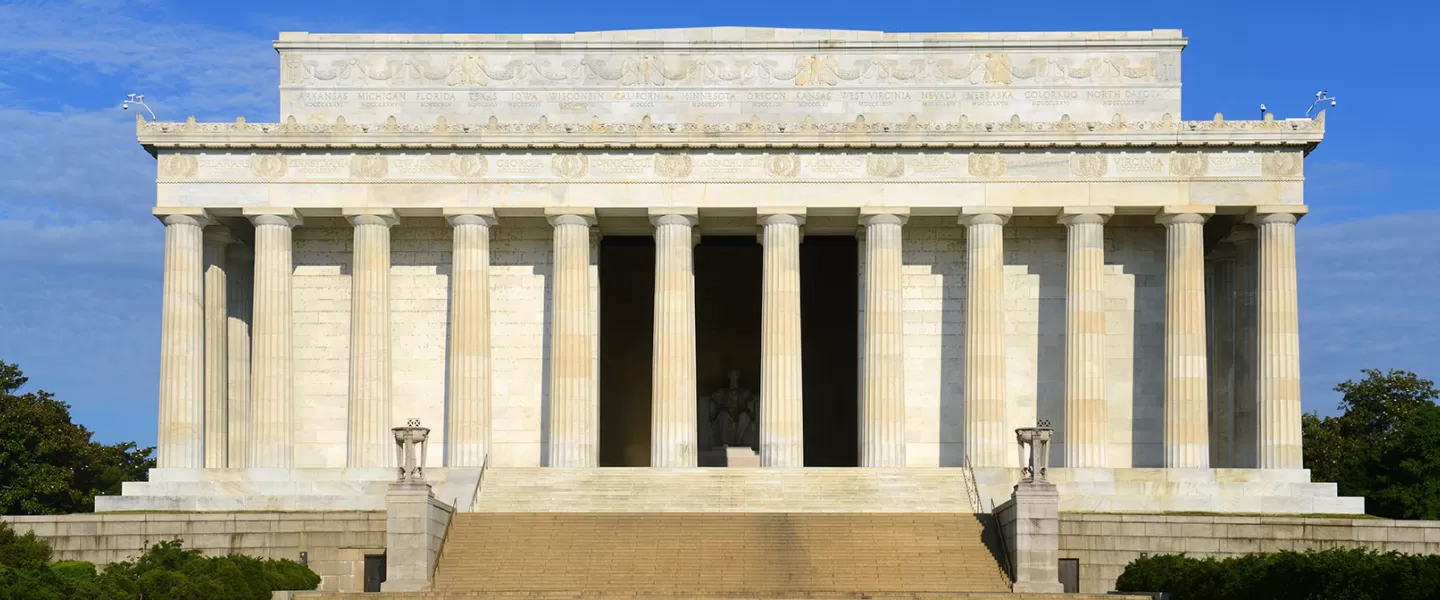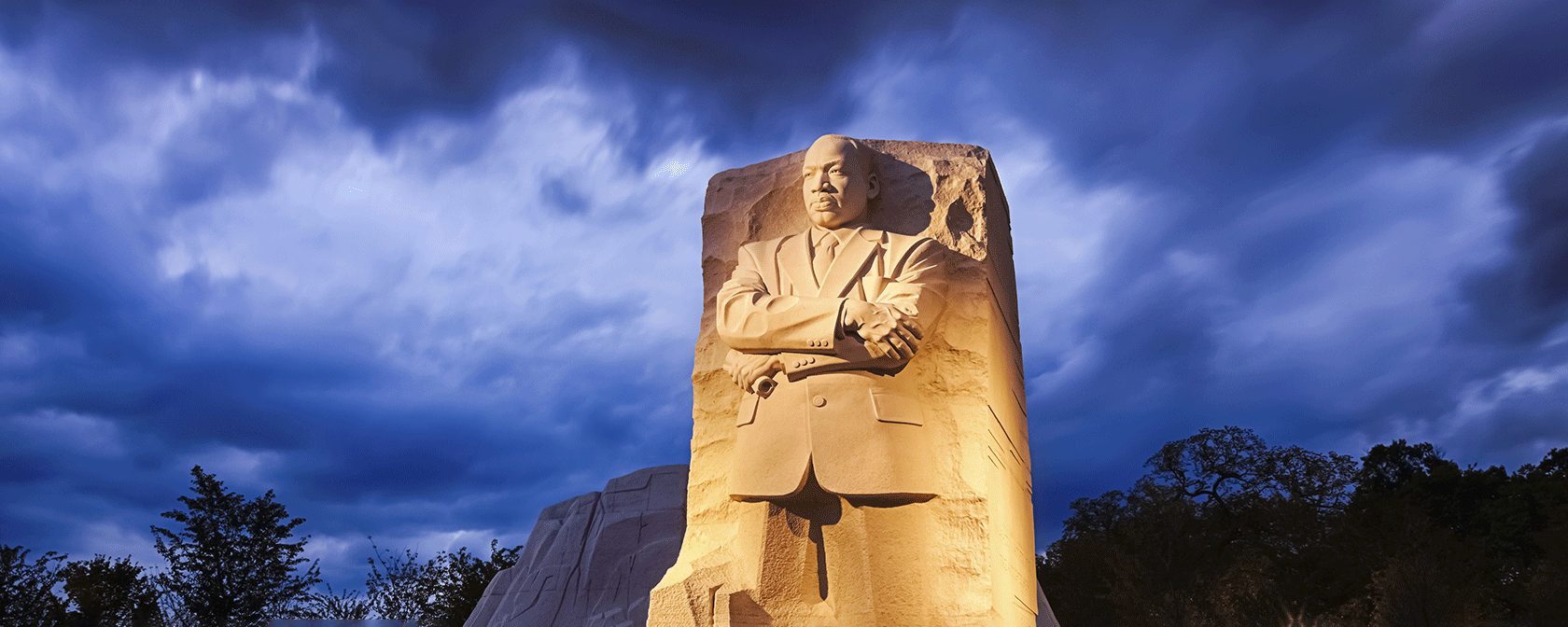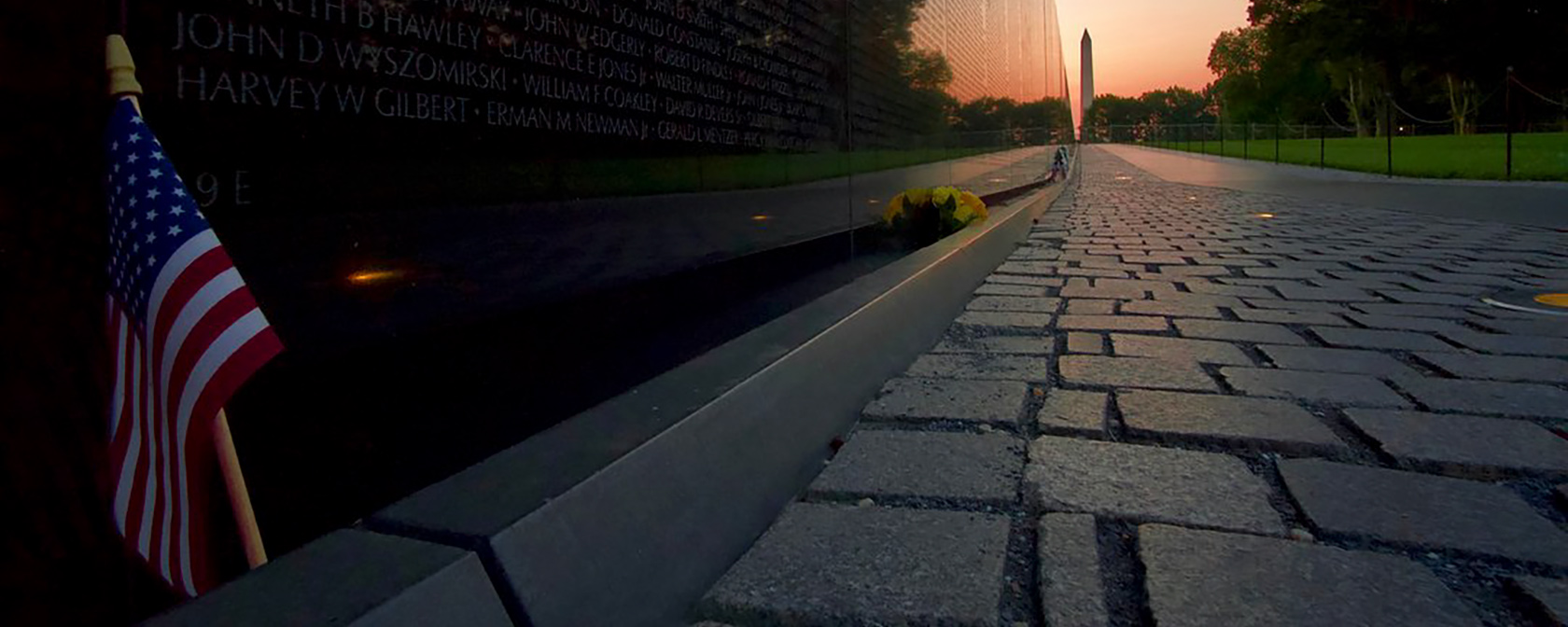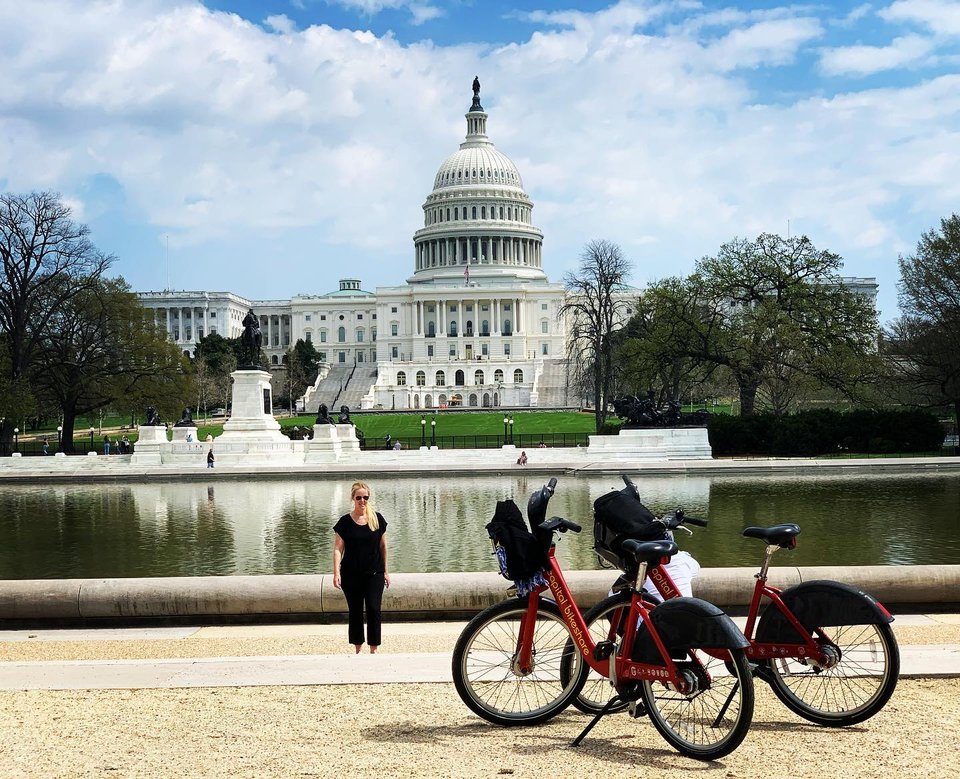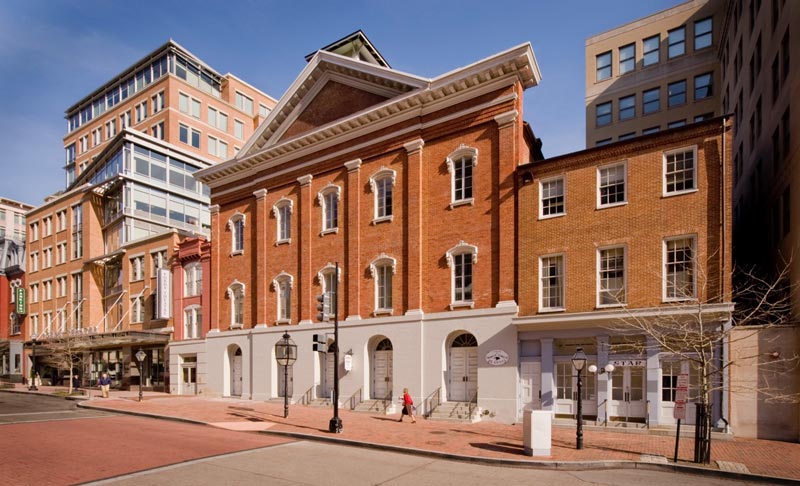Honor Lincoln and his legacy through this 3-day itinerary
Experience this specially curated itinerary
Washington, DC welcomed the Lincoln Memorial to its landscape on May 30, 1922. One of Washington, DC’s most recognizable and most visited landmarks, the Memorial has evolved into a backdrop for the nation’s events, demonstrations, and civil rights activations. Honor the legacy of the 16th President, President Abraham Lincoln, with a 3-day tour itinerary highlighting his life and accomplishments, completed in partnership with the National Park Service National Mall and Memorial Parks.
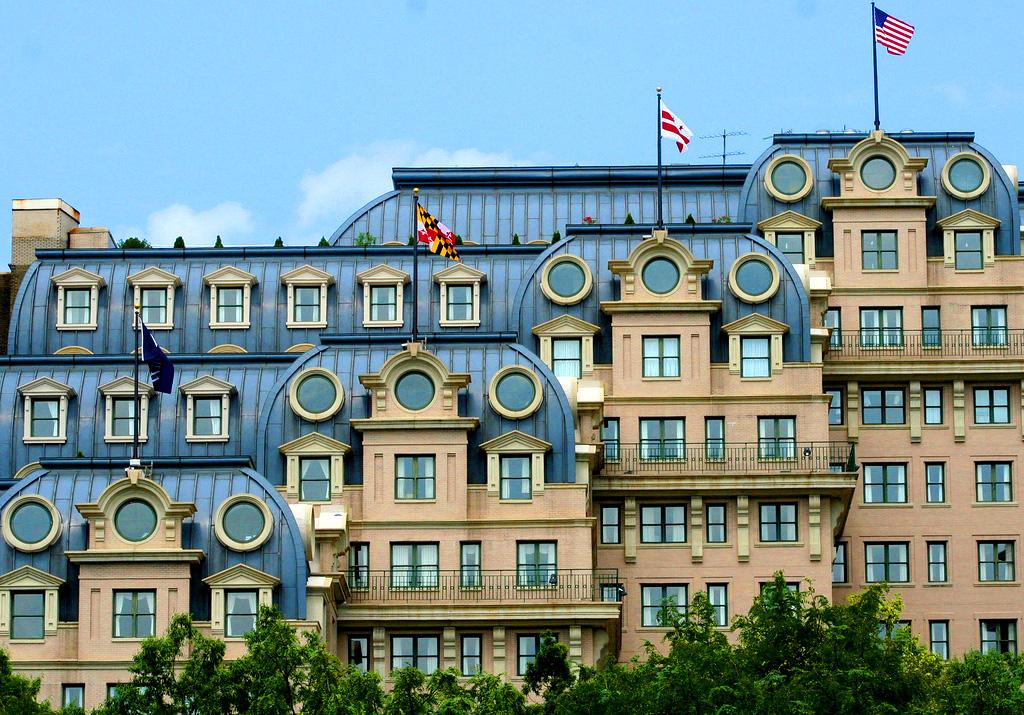
Accommodation Suggestion: Truly follow Lincoln’s footsteps during your DC visit with a stay at the Willard InterContinental Hotel. Due to an assassination plot at a Baltimore train station, Abraham Lincoln was secretly smuggled into the Willard Hotel on February 23rd, 1861, arriving early in the morning. He left The Willard at noon, March 4th, enroute to the Capitol to attend his first Inauguration.
Day 1 – Friday
Morning
Take a walk along Pennsylvania Avenue to the grounds of the U.S. Capitol Building and the site of Lincoln’s first Inaugural Address. Be sure to circle the entire building as Lincoln’s Inauguration occurred on the East front. Enjoy a self-led tour or a guided experience with the United States Capitol Historical Society. Currently, tours inside the building must be requested through your Congressperson and are limited in size and availability.
Take a stroll down the National Mall to the Smithsonian National Museum of American History. The museum holds several Lincoln artifacts of note, including the inkstand Lincoln used to draft the Emancipation Proclamation, his top hat, as well as information on his wife, Mary Todd Lincoln.
Afternoon
Get your photo op at The White House before traveling through Lafayette Park to historic St. John’s Church. Known as “the church of presidents,” Abraham Lincoln attended services here a few times, most notably with William Seward on February 24, 1861. He would often sit in the back of the church unnoticed by the congregation, and the pew he often used is still there. The church is currently closed but can still be viewed from the outside.
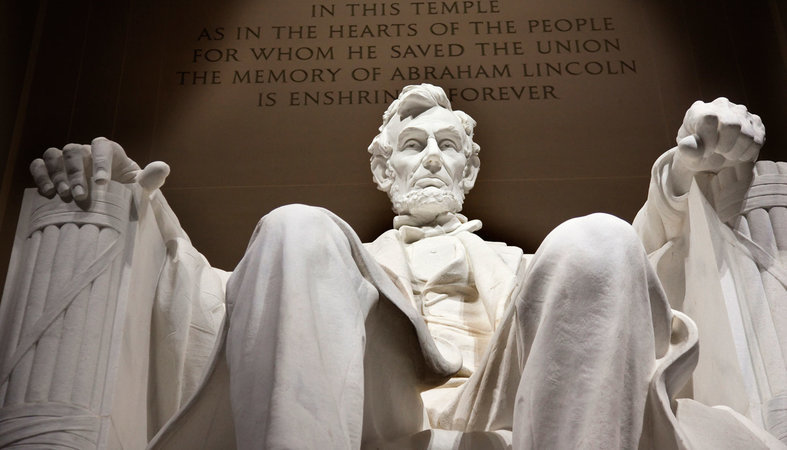
Take the opportunity this day to marvel at the Lincoln Memorial itself. Architect Henry Bacon modeled the Lincoln Memorial after the Parthenon in Athens, Greece. Bacon felt that a memorial dedicated to a man who defended democracy should echo the birthplace of democracy. The north and south side chambers contain carved inscriptions of Lincoln's Second Inaugural Address and his Gettysburg Address. Above each of the speech inscriptions is a 60-foot by twelve-foot mural painted graphically portraying governing principles evident in Lincoln's life. Lying between the north and south chambers is the central hall containing the solitary statue of Lincoln sitting in contemplation. The statue was carved by the Piccirilli brothers under the supervision of the sculptor, Daniel Chester French, and took four years to complete. For almost a century, the Lincoln Memorial steps witnessed history-making moments such as the 'I Have a Dream' speech, the Marian Anderson concert and the daily secular pilgrimage of thousands. Learn more through a free National Park Service Ranger Talk and don’t forget to say goodnight to Lincoln during a Monuments by Moonlight Tour.
Along the way, gaze up at the Washington Monument. On July 4th, 1848, Congressman Abraham Lincoln attended the laying of the cornerstone ceremony for the Washington Monument. Also, in attendance, was his future Vice President–Congressman Andrew Johnson. You can ride the elevator to the top but be sure to get tickets in advance. Don’t forget to fit in other monuments and memorials along the National Mall including the Martin Luther King, Jr. Memorial along the Tidal Basin.
Evening
Many ghost stories surround the Lincoln family. If you are up for some tales, join Fiat Luxe Tours on its Haunted Georgetown Tour. The tour begins at Oak Hill Cemetery, where Abe’s beloved son Willie Lincoln was laid to rest in February of 1862 in space loaned to the family in the Carroll family crypt. President Lincoln visited his tomb several times, and after the assassination, Willie was disinterred, and his remains accompanied his father’s back to Illinois.
Other options include ghost tours back at Lafayette Park, where Lincoln is said to roam, with DC Ghosts or Ghost City Tours. Or you can opt to chase Lincoln’s assassin, John Wilkes Booth, through DC on Ford’s Theatre’s Detective McDevitt Walking Tour.
Day 2 – Saturday
Morning
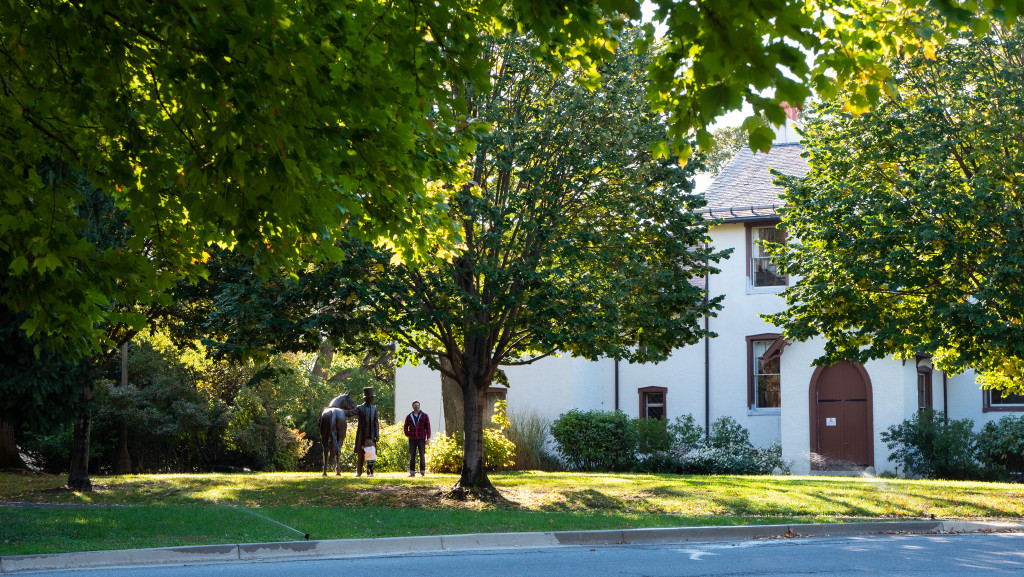
Journey outside the downtown core and step closer into the Civil War at Fort Stevens. On July 11-12, 1864, Confederate forces attacked this fort on their assault of Washington, DC. Abraham Lincoln visited the fort on July 12, and there became one of only two presidents to have come under a military enemy’s fire while in office.
Take refuge just as Lincoln did with a tour of President Lincoln’s Cottage. Located near the Petworth neighborhood, Lincoln took his family to this site only three miles north of the White House to escape the diseased downtown marshland with its mosquitos and plethora of foul smells. It was at the cottage where he wrote the principal portions of the Emancipation Proclamation, which transformed the war into a cause and fight to set other men free. Today, this land is also home to the Old Soldier’s Retirement Home.
Afternoon
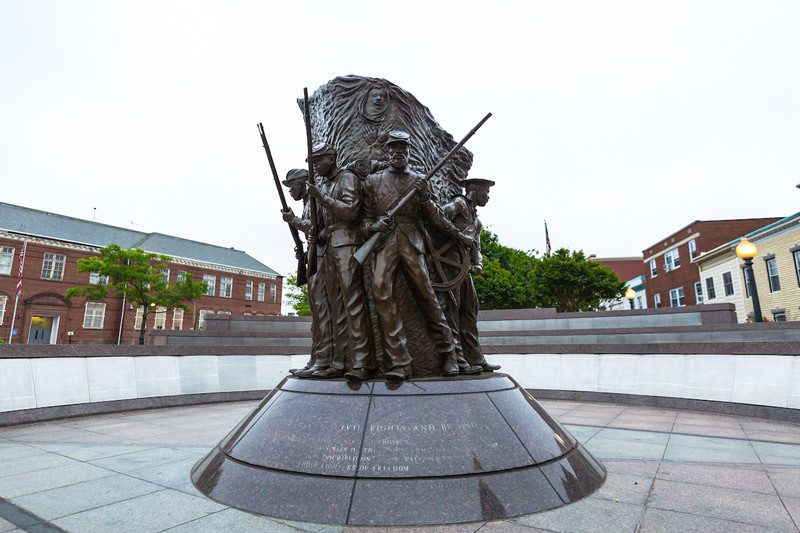
On your route back downtown, make a stop at the famed U Street, once known as "Black Broadway" for its theaters and nightlife. In this neighborhood, you will find the African American Civil War Memorial and accompanying museum. The memorial was dedicated under the leadership of Dr. Frank Smith Jr. and Colin Powell and serves as tribute to the United States Colored Troops. The wall lists the names of 209,145 USCT who fought for freedom during the American Civil War. The related museum just across the street commemorates the African American soldiers who fought for the Union during the Civil War.
Round out your afternoon with a stop to the Smithsonian National Portrait Gallery and American Art Museum. Known as the U.S. Patent office during the Civil War, this was also where Abraham Lincoln’s second Inaugural Ball was held on March 6, 1865, which was fitting since Abraham Lincoln is the only U.S. President to hold a patent (for a device he invented to lift boats over shoals). Make sure to visit Lincoln's portrait in the President’s Gallery exhibit.
Clara Barton was also a clerk at the Patent office. If time permits, be sure to visit the Clara Barton Missing Soldiers Office Museum. In 1865, Barton hired a staff and opened the Office of Correspondence with the Friends of the Missing Men of the United States Army in this building. Barton took up the cause of grieving parents, family and friends whose husbands, sons, brothers, and neighbors were missing. By the time the office closed in 1868, she and her staff had identified the fate of over 22,000 men.
Evening
Tonight, take in a show at the National Theatre, just as Lincoln did. During his time as President, Abraham Lincoln attended at least 17 plays at the New National Theatre, managed by Leonard Grover. He saw Edwin Booth, John Wilkes Booth's more famous brother, act there in a series of Shakespearean performances. On April 14th, 1865, 12-year-old Tad Lincoln was watching the play Aladdin or His Wonderful Lamp at “Grover’s Theatre,” when it was announced that his father had been shot. Tad was escorted to the Executive Mansion, where he said to the Doorkeeper, “Tom Pen, Tom Pen, they’ve killed papa dead.” Today the National Theatre is home to full seasons of Broadway shows to enjoy.
Day 3 - Sunday
Morning
Ford’s Theatre takes you through the events leading up to Lincoln’s assassination. On the night of April 14, 1865, Lincoln and his wife Mary went to the theater as celebrations of the end of the Civil War filled DC. Actor John Wilkes Booth waited until Act 3, Scene 2 of the play Our American Cousin, when one of the funniest lines of the play was delivered by actor Harry Hawk. Then, while the audience roared with laughter, Booth stepped forward into the President’s Box and shot President Abraham Lincoln at point blank range in the back of the head. The President slumped forward as if he was sleeping, never again to regain consciousness. Take time to walk through the museum, where you can view the dreadful gun, before entering the theater itself.
Your ticket gains you entry to another part of the Ford’s Theatre complex, the Petersen’s Boarding House across the street. Amid the chaos of the assassination, soldiers and doctors carried Abraham Lincoln out of Ford’s Theatre onto 10th Street. One of the Petersen House borders, Henry Safford, saw the commotion from his room, came out onto the stoop and yelled, “Bring him in here!” They placed the President on the back bed where he died nine hours after he was shot. Your journey then takes you through the Center for Education and Leadership to earn of the manhunt for Booth as well as how Lincoln’s legacy lives on.
Afternoon
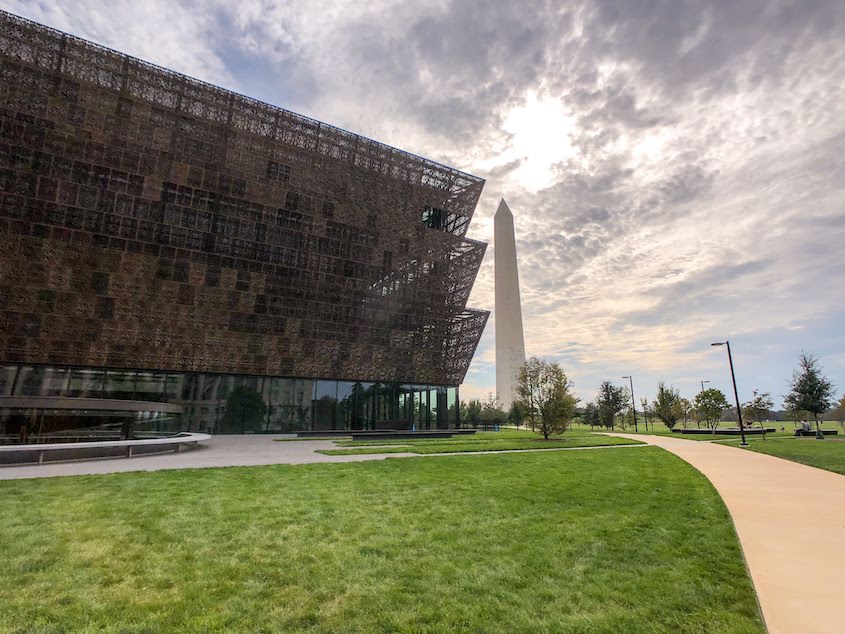
Nearby the theatre sits the New York Avenue Presbyterian Church. Although not officially members, Abraham Lincoln and his family regularly attended church here, where you can still sit in the Lincoln family pew and see his hitching post outside. The Church’s minister Reverend Gurley was by Lincoln’s side when he died and gave the eulogy for both Willie and America's 16th President. Lincoln said, “I like Dr. Gurley, he doesn’t preach politics. I get plenty of that throughout the week, and when I go to church, I like to hear the gospel.”
Don’t miss out on making a visit to the Smithsonian National Museum of African American History and Culture. The museum leads you through the United States' 400 years of slavery, including the Civil War, Lincoln’s Emancipation Proclamation, and the journey towards the 13th Amendment which made slavery illegal. Be sure to plan in advance, as this museum still requires advance tickets.
Evening
Cheer Abe on at a baseball game! Head over to the Navy Yard neighborhood for a Washington Nationals game at Nationals Park. Each game after the fourth inning, fans are encouraged to cheer for their favorite Racing President. On your visit, make sure to root for Abe!
Do you know where you’ll be dining throughout your stay? Hover over one of the photos below for more information on some of our favorite places to eat after exploring.

